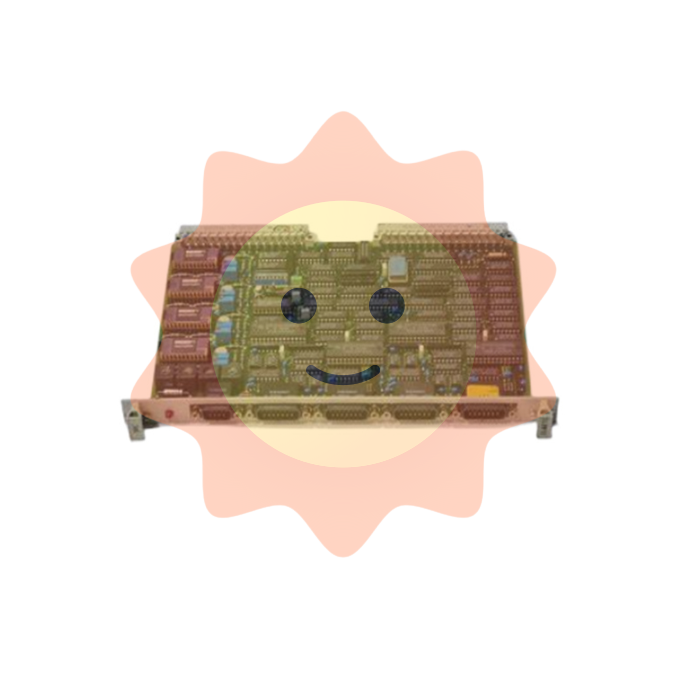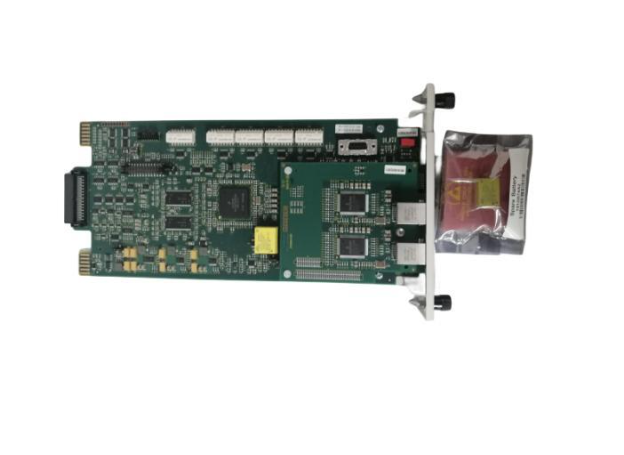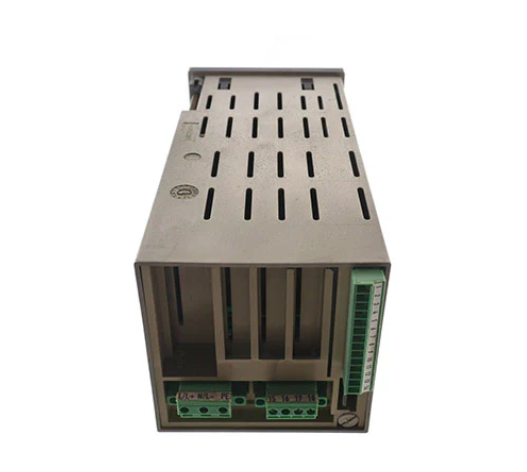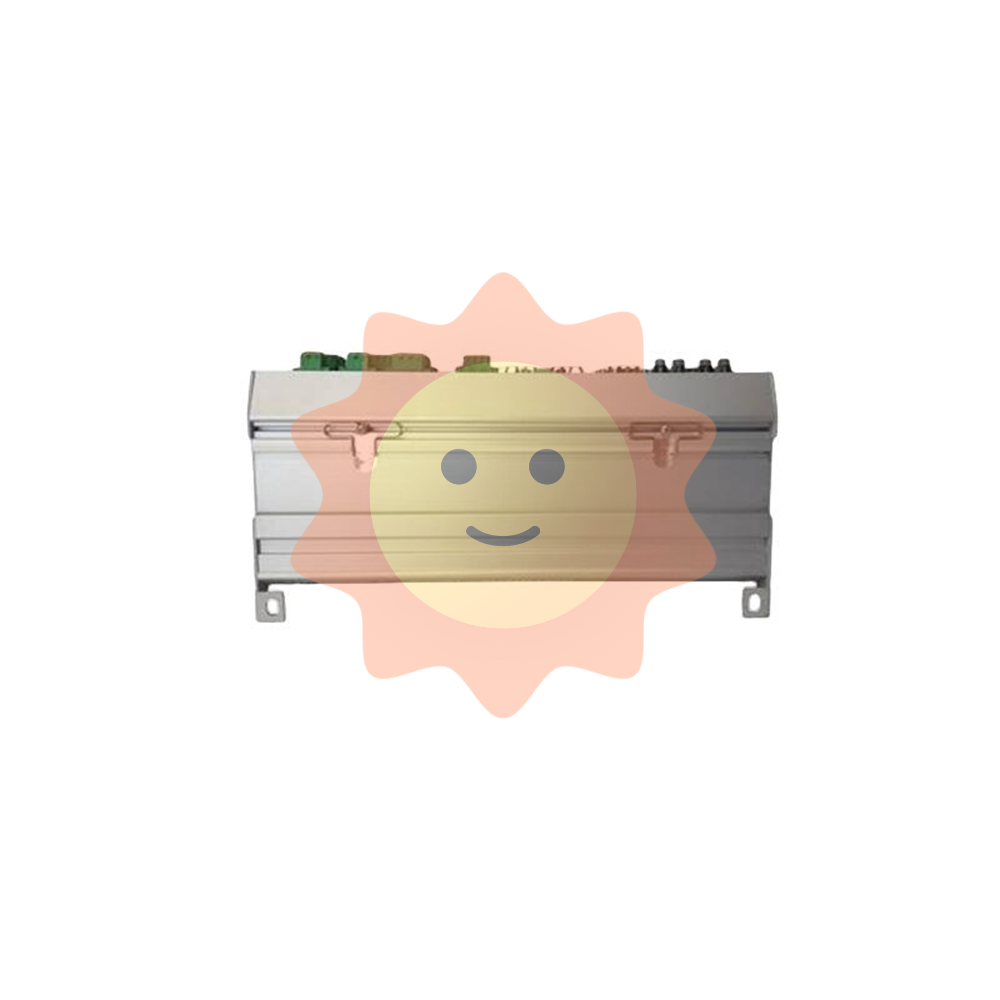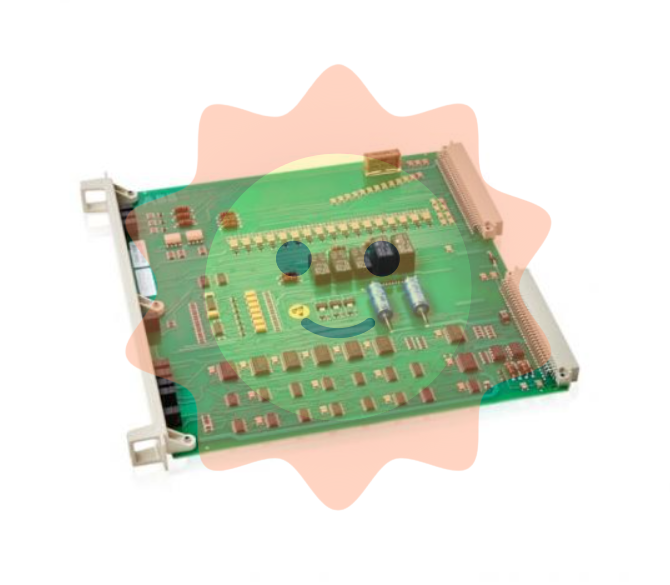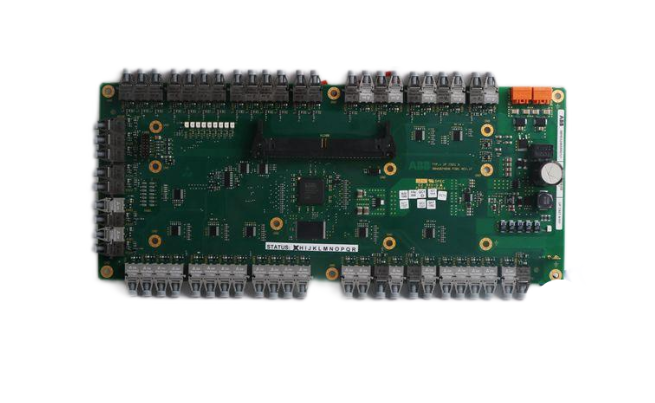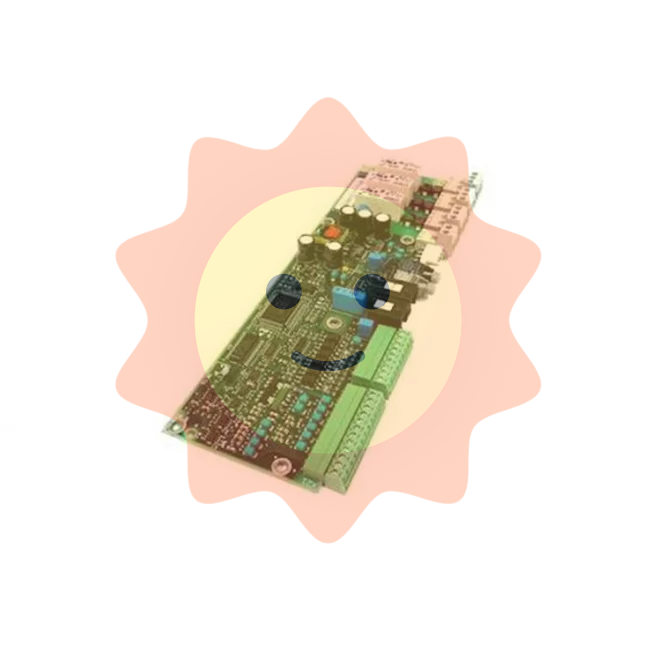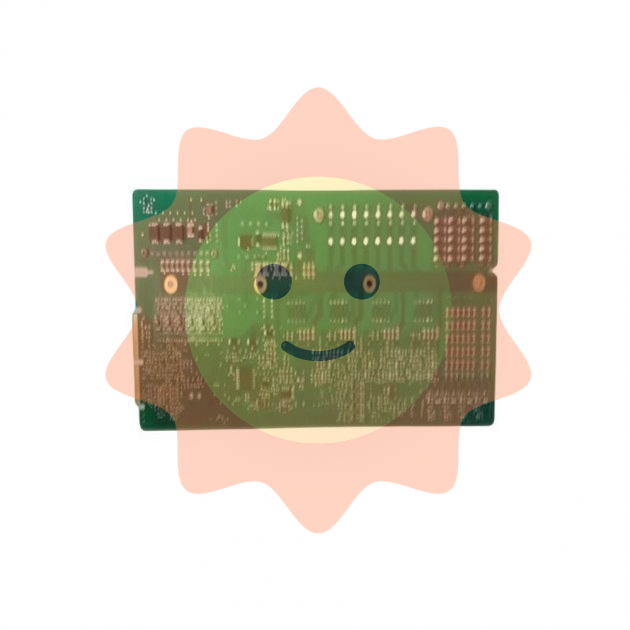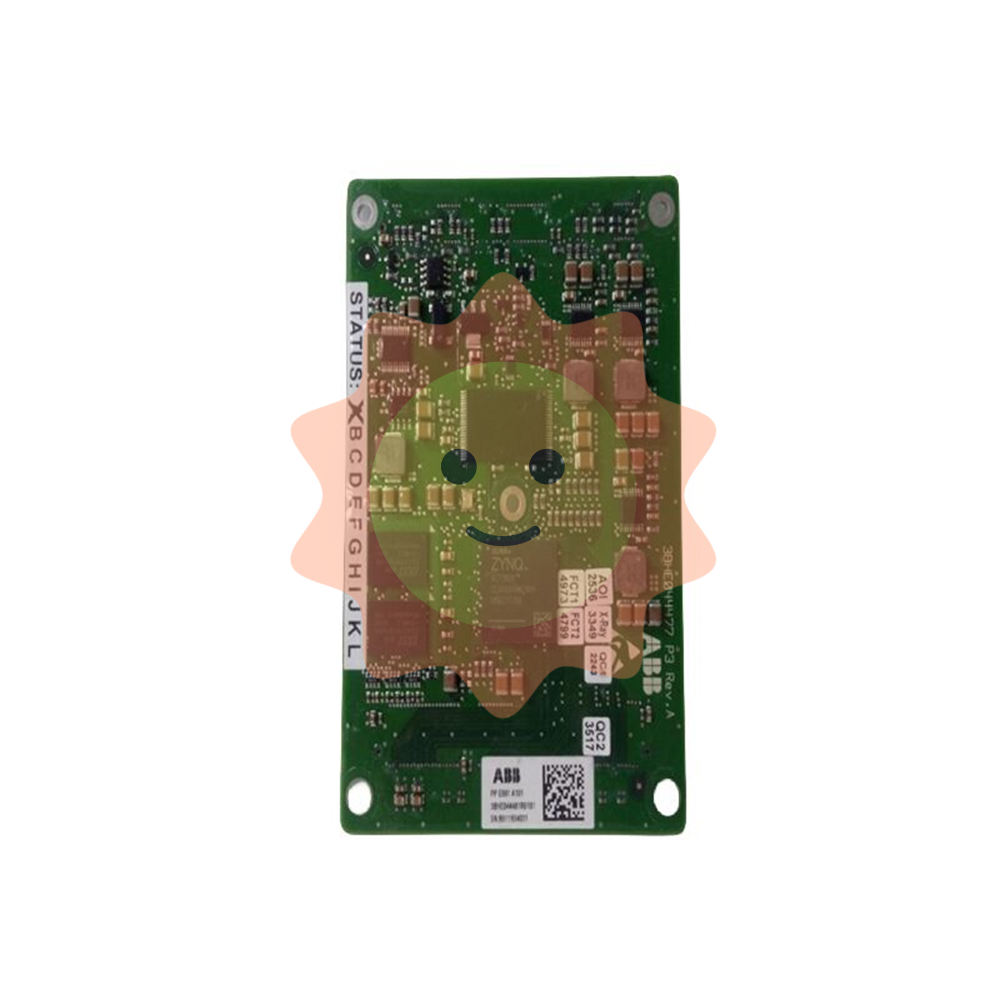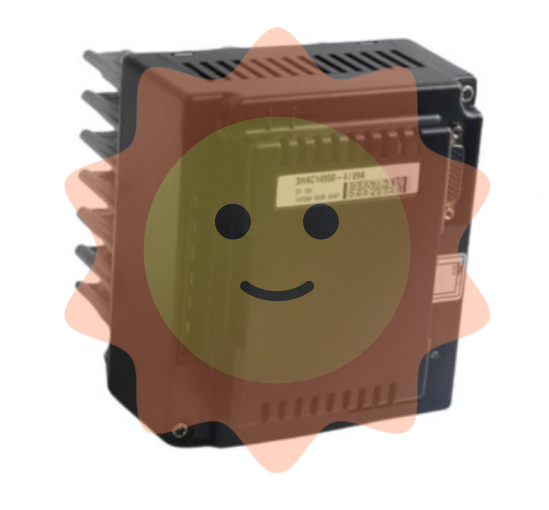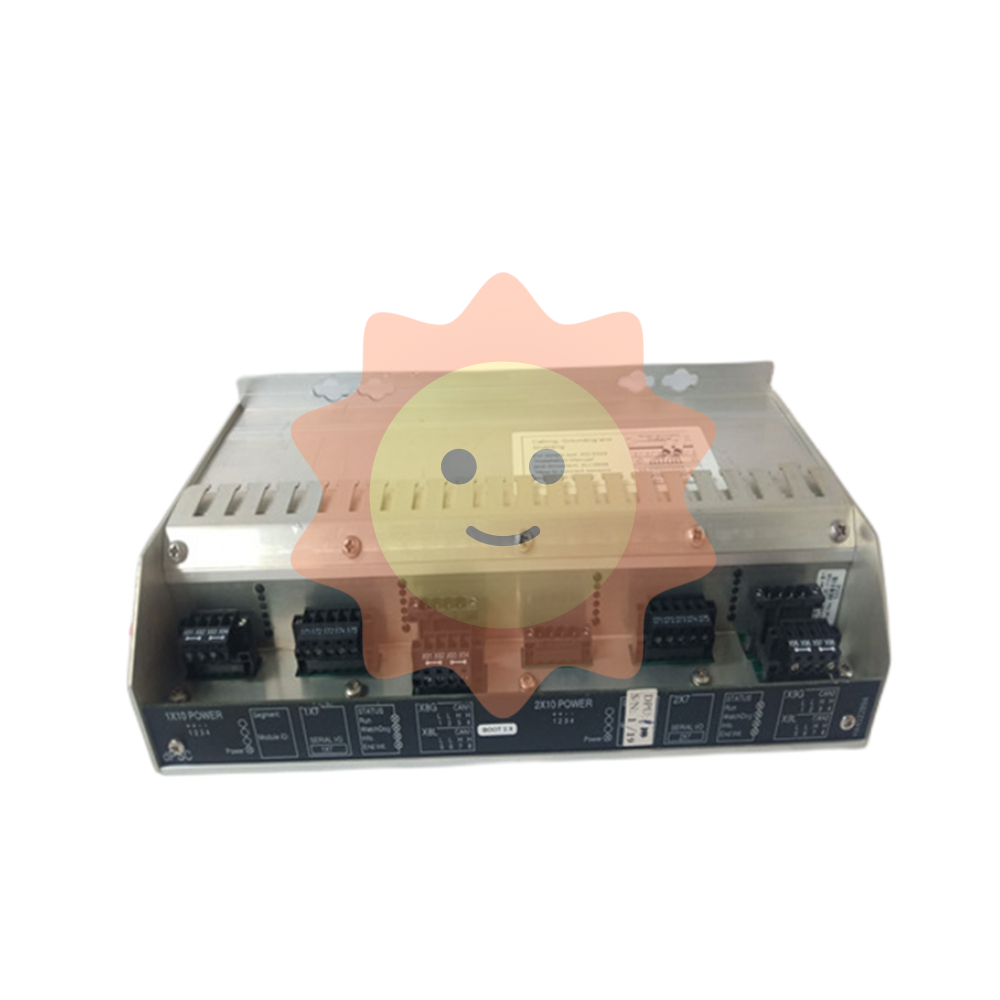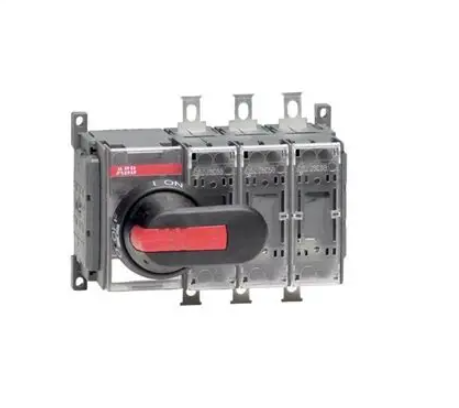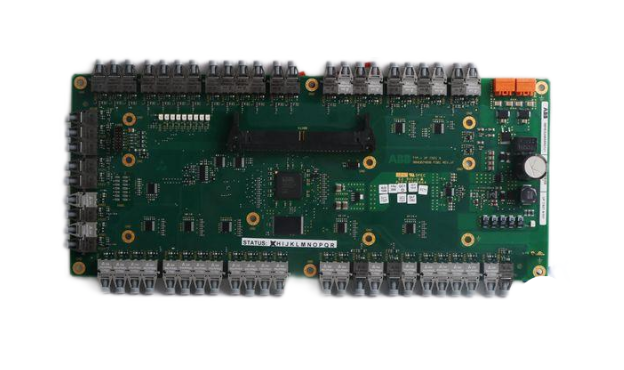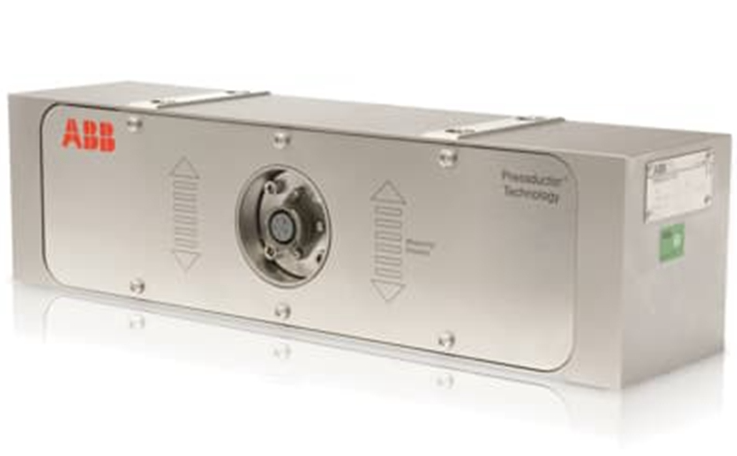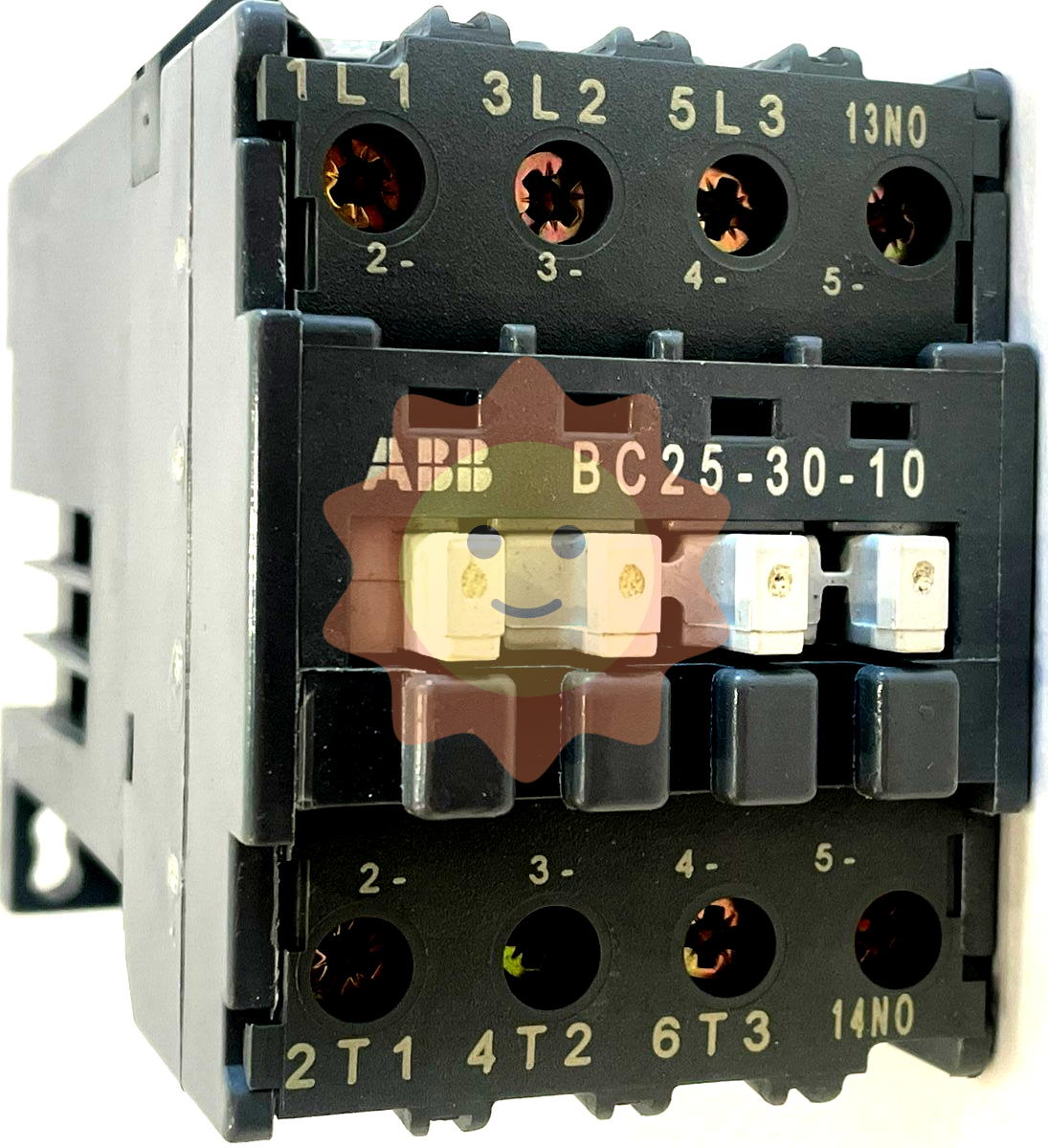China's chemical fiber industry migration path and chemical fiber industry development trend panorama
Global chemical fiber industry migration path
Chemical fiber industry chain overview: There are many kinds of products, mainly used in clothing and home textiles
From the product type analysis, textile fiber can be divided into natural fiber and chemical fiber two categories, natural fiber mainly includes plant fiber, animal fiber and mineral fiber; Chemical fiber refers to the use of natural or synthetic polymer substances as raw materials, through chemical and physical processing and made of fiber.
According to the latest "Classification of National Economic industries", chemical fibers in the bio-based chemical fibers as a separate sub-industry, that is, chemical fibers include: cellulose fibers (man-made fibers), synthetic fibers and bio-based chemical fibers three categories. Artificial fiber is the use of cellulose or protein and other natural polymers as raw materials, chemical and mechanical processing, such as rayon cotton, rayon silk; Synthetic fibers are processed from by-products in the petrochemical and coking industries, including polyamide, polyester, polyamide, polypropylene, spandex, etc. In addition, according to the fiber length, each chemical fiber product can be divided into two categories: short fiber and filament.
From the downstream application of the product, the chemical fiber after prevention and control into cloth, mainly used in the field of clothing and home textiles; In addition, some materials can be used for industrial purposes, such as automobile tire cord fabric.
The development process of the global chemical fiber industry: From scratch, chemical fiber gradually replaced cotton
From the perspective of demand analysis, according to Fiber Organon and Japan Chemical Fiber Association statistics, since the beginning of the 20th century, the world fiber growth has mainly experienced three stages: the first stage (1900-1937), the growth of the fiber industry mainly relies on cotton, chemical fiber industry is still in the initial stage of development; In the second stage (1937-1995), cotton and chemical fiber jointly supported the growth of fiber industry, and chemical fiber gradually replaced cotton; In the third phase (1995-2030), fiber demand is supported by chemical fibers.

From the perspective of supply, the development of chemical fiber industry is mainly concentrated in the above second stage (chemical fiber gradually replacing cotton), 1978, chemical fiber in the initial stage of development, China's chemical fiber production of 285,000 tons, accounting for only 3% of the world; By 1986, many countries began to focus on the development of chemical fiber industry, China's Taiwan production capacity ranked third in the world; 1994 is the turning point of the development of the global chemical fiber industry, the world chemical fiber production increased by 5.8% over 1993, reaching 19.679 million tons; Due to wind, flood and insect pests, cotton production decreased, the demand gradually shifted to chemical fiber, chemical fiber rapidly increased production; In 1998, China surpassed the United States to become the world's largest producer of chemical fiber.
Chemical fiber has the highest status in the global fiber, accounting for more than 70%
According to the statistics of the Japan Chemical Fiber Association, the world's total fiber production and chemical fiber production as a whole are on the rise, and the chemical fiber production growth rate is almost higher than the total fiber production growth rate. In 2017, the world's total fiber output reached 93.71 million tons, breaking through the 90 million tons mark for the first time and reaching a record high. Among them, the chemical fiber was 66.94 million tons (excluding polyolefin fiber and acetate tow), maintaining the ninth consecutive year of increase. Based on the current development status of the chemical fiber industry and the textile industry, it is estimated that the total output of the world fiber in 2018 will be about 97.5 million tons, and the total output of chemical fiber will be about 71 million tons (follow the official data released by the Japan Chemical Fiber Association).
From 2005 to 2018, the proportion of chemical fiber production in global fiber production changed from 57.2% to 72.8%, that is, the status of chemical fiber continues to rise globally, and chemical fiber gradually replaces natural fiber.
Analysis of migration path of global chemical fiber industry
From the above analysis, it can be seen that 1994 is the turning point of the development of the global chemical fiber industry, and 2010 is the highest growth rate of chemical fiber production, so 1994, 2010 and 2017 are selected (2018 official data has not been released yet). In order to ensure the accuracy of the migration path, the migration path of the global chemical fiber industry is explored based on the distribution of global chemical fiber output at three time nodes (2017).
In 1994, all countries were in the initial stage of development, and the production distribution was relatively uniform, with the United States ranking first (accounting for 17.39%). By 2010, China's chemical fiber production ranks first in the world, accounting for up to 64.10%; The proportion of Taiwan and South Korea decreased, but the absolute volume of output did not change much, and the industrial transfer was not obvious. In Western Europe, the United States and Japan, both absolute and relative volumes have fallen sharply, and industries have shifted.
In addition, the global chemical fiber industry has begun to shift to India, and India has become the focus of development of the global chemical fiber industry, ranking second in the world, but there is still a big gap with China.
The United States and Western Europe is the birthplace of the world's chemical fiber industry, since the 1990s, began to gradually withdraw from conventional chemical fiber production, or through merger and reorganization, to form a larger scale of professional enterprise groups. Japan's chemical fiber industry adheres to the profit-oriented development idea, and some enterprises withdraw from the non-profit field, and Japan's chemical fiber output declines. The focus of the development of chemical fiber industry in Taiwan is to actively explore overseas markets, transfer or expand the production base overseas, and the original local enterprises are mainly based on research and development and product upgrading.

By studying the characteristics of the migration path of the global chemical fiber industry, it is found that the chemical fiber industry is transferred from developed countries (the United States, South Korea, Japan, etc.) to developing countries (China, India, etc.), and this division of labor adjustment mainly takes into account costs, including labor costs, energy consumption costs, pollution emission treatment costs and other factors. Developed countries tend to use their core resources for innovation.
China's chemical fiber industry migration path
Since 2016, the chemical fiber industry has entered a period of adjustment
Chemical fiber industry is an industry with international competitive advantages in China, an important pillar industry to enhance the overall competitiveness of the textile industry, and an important part of strategic emerging industries.
From the perspective of production changes, the production growth rate from 2009 to 2015 basically remained around 8%, and the production growth rate from 2016 to 2018 fell sharply, and the compound production growth rate was less than 1%. In summary, after 2016, China's chemical fiber production growth is slow, and the chemical fiber industry has entered a period of adjustment.
Overall, the average capacity utilization rate of chemical fiber manufacturing industry is higher than the national industrial capacity utilization rate and manufacturing capacity utilization rate. However, by comparing the quarterly and cumulative data of the capacity utilization rate of the chemical fiber manufacturing industry in 2017-2018, it was found that the annual capacity utilization level declined in 2018, and the capacity utilization rate declined in each quarter. It is worth noting that the capacity utilization rate has declined but the output is still growing, which indicates that China's chemical fiber enterprises are still blindly expanding production capacity in the case of excess capacity.
China's chemical fiber industry is still facing great challenges. The production technology of conventional chemical fiber products ranks the world's advanced level, but the production capacity is structurally excessive and the industry's profitability is declining. The industry's independent innovation ability is weak, the proportion of high value-added and high-tech products is low, and it can not well adapt to the functional, green, differentiated and personalized consumption upgrading needs; High-performance fiber manufacturing costs are high, the quality is unstable, it is difficult to meet the development needs of aerospace and other fields.
In 2017, China imported 916,800 tons of chemical fiber products, and the imported products were mainly viscotic staple fiber, accounting for 22.63%, which was related to the late start of domestic lyocell fiber industrial production and low output; The export of chemical fiber products was 4.0458 million tons, much higher than the import volume; Polyester filament and polyester staple fiber are the main ones, accounting for 75.62% in total.
Analysis of migration path of China's chemical fiber industry
In terms of the absolute volume change, the chemical fiber industry gradually moved out of Shandong, Shanghai, Tianjin, Heilongjiang, Beijing and Gansu regions; The chemical fiber industry in Hainan and Shanxi has been completely cleared.
In terms of relative volume, in 2008, chemical fiber manufacturing was mainly concentrated in Zhejiang (43.83%) and Jiangsu (32.88%), followed by Fujian (6.28%), and the market share in the rest of the region did not exceed 4%; In 2018, chemical fiber weaving was mainly concentrated in Zhejiang (45.54%), Jiangsu (27.35%) and Fujian (13.87%), and the market share of the remaining regions was not more than 2%; The market concentration in the top three regions has further increased. China's chemical fiber industry further migrated to Fujian and Zhejiang regions, Jiangsu region of chemical fiber manufacturing capacity is relatively saturated, there is a trend of spreading to the surrounding coastal areas.

At present, the chemical fiber industry is mainly concentrated in three coastal areas of Zhejiang, Jiangsu and Fujian. The coastal area is the traditional industrial base of China's textile industry, and the chemical fiber industry is the upstream industry of the textile industry, and the clustering characteristics of the chemical fiber industry are closely related to the textile industry.
Development trend of chemical fiber industry
Global chemical fiber industry development trend: chemical fiber industry to Southeast Asia, the Middle East migration
The development of China's textile and chemical fiber enterprises is also facing many new changes, with the transformation of economic development mode and factor structure, the original advantages of "demographic dividend" and "land dividend" began to weaken, and this advantage is gradually threatened by Vietnam, Bangladesh, Indonesia. In addition, China's share of the global textile fiber market has slowed down, the global textile and apparel trade pattern has also changed, the rapid development of the textile industry in Vietnam, Bangladesh, India, Indonesia and other countries, squeezing China's international market share, the international pattern of the textile industry will affect the international pattern of the chemical fiber industry.
"Chemical fiber Industry" 13th Five-Year "development guidance" also proposed to promote key enterprises to actively carry out international production capacity cooperation, the use of Central Asia, the Middle East and other regions of oil and gas resources layout raw material processing, relying on the Southeast Asian market, the use of China's leading chemical fiber manufacturing technology and equipment, the formation of industrial chain upstream and downstream supporting. Take the initiative to build a competitive advantage of the global division of labor system, R & D innovation system and marketing system.
In summary, in the future, the global textile and chemical fiber industry is likely to further adjust the division of labor, and then transfer to Southeast Asia and the Middle East. However, China has a huge domestic market, it is obviously unrealistic to transfer all chemical fiber production abroad to meet the demand, and China's dominant position will not change.

The development trend of China's chemical fiber industry: chemical fiber enterprises in various regions are facing a new round of reshuffle
At present, China's chemical fiber industry is mainly distributed in the southeast coastal areas, and the energy and land use situation in the southeast region are very tight, chemical fiber is a high-energy industry, making the annual power rationing in coastal areas become a practice. At the same time, labor costs in the southeastern coastal areas are also rising. Coupled with the long-term low-technology production of chemical fiber enterprises, water pollution frequently occurs, environmental deterioration is serious, and pollution control costs are huge. Affected by these factors, the production cost of chemical fiber products has increased, and most enterprises are basically in a state of low profit, and their development is greatly restricted.
In the future, chemical fiber enterprises in various regions of China will face a new round of reshuffle, and the chemical fiber industry will be transferred on a large scale. First, the concentration characteristics of the chemical fiber industry is closely related to the textile industry, the "Guiding Opinions on promoting the transfer of the textile industry" clearly states that promoting the transfer of the textile industry and developing to the central and western regions will provide a certain market basis for the industrial transfer of the chemical fiber industry and help the industrial structure adjustment of the chemical fiber industry. Second, transfer to northeast China to take advantage of its chemical industry; Third, the eastern coastal areas focus on upgrading the product structure and developing and manufacturing high-end chemical fiber products.
- EMERSON
- Honeywell
- CTI
- Rolls-Royce
- General Electric
- Woodward
- Yaskawa
- xYCOM
- Motorola
- Siemens
- Rockwell
- ABB
- B&R
- HIMA
- Construction site
- electricity
- Automobile market
- PLC
- DCS
- Motor drivers
- VSD
- Implications
- cement
- CO2
- CEM
- methane
- Artificial intelligence
- Titanic
- Solar energy
- Hydrogen fuel cell
- Hydrogen and fuel cells
- Hydrogen and oxygen fuel cells
- tyre
- Chemical fiber
- dynamo
- corpuscle
- Pulp and paper
- printing
- fossil
- FANUC
- Food and beverage
- Life science
- Sewage treatment
- Personal care
- electricity
- boats
- infrastructure
- Automobile industry
- metallurgy
- Nuclear power generation
- Geothermal power generation
- Water and wastewater
- Infrastructure construction
- Mine hazard
- steel
- papermaking
- Natural gas industry
- Infrastructure construction
- Power and energy
- Rubber and plastic
- Renewable energy
- pharmacy
- mining
- Plastic industry
- Schneider
- Kongsberg
- NI
- Wind energy
- International petroleum
- International new energy network
- gas
- WATLOW
- ProSoft
- SEW
- wind
- ADVANCED
- Reliance
- YOKOGAWA
- TRICONEX
- FOXBORO
- METSO
- MAN
- Advantest
- ADVANCED
- ALSTOM
- Control Wave
- AB
- AMAT
- STUDER
- KONGSBERG
- MOTOROLA
- DANAHER MOTION
- Bently
- Galil
- EATON
- MOLEX
- Triconex
- DEIF
- B&W
- ZYGO
- Aerotech
- DANFOSS
- KOLLMORGEN
- Beijer
- Endress+Hauser
- MOOG
- KB
- Moxa
- Rexroth


Email:wang@kongjiangauto.com







